What can be planted in the country at the beginning of summer?
The hottest time for summer residents is the end of spring, when earthworks are carried out, seedlings are planted, seeds are sown, fruit trees are planted and whitewashed and many other works. Experienced gardeners know what to plant in June in the country. The beginning of summer is a continuation of the sowing and planting season. You can also plant many crops that will have time to ripen before autumn. And also root shrubs and pay attention to flower beds.
Transplanting
In many regions of the country in the first ten days of June, night frosts are still possible. It is necessary to watch out for tender sprouts, to protect them from possible vagaries of the weather. Daylight hours at this time are quite long and the sun beats down, burning the leaves.
At this time, you can plant seedlings of tomatoes, eggplants and late varieties of cabbage and peppers. All these plants are thermophilic and at this time will take root well in the open field.
What seeds to plant in June in the country
In June, you can sow seed crops that will be ready by the fall.
- You can safely plant greens, for example dill, green onions, basil or celery. For the season of harvesting vegetables, it is just right. And fresh herbs on the table at the end of summer will be appropriate, because the first, spring, will already go away.
- A second crop can be sown in June radish... You need to choose varieties that can withstand long daylight hours and hot weather. Lovers of this root crop grow it all season.
- In early summer, you can update your salad and spinach bed. Experienced summer residents advise making a conveyor bed, planting a new couple of rows of lettuce every ten days. So this "vitamin bomb" will be on the table fresh all season.
- In early June, you can sow several cucumber holes. They will bear fruit by the end of summer - early autumn, while the bushes planted in spring will already begin to move away and suffer from various diseases. By the way, according to the popular calendar, it is necessary to plant cucumbers on June 2, the day of Leonty and Falalei.
- In June in the country you can make planting cauliflower... In warm regions, seeds can be sown in open ground, and then the grown sprouts can be planted in a permanent place in the beds.
- This is the time to plant seed crops such as corn, turnip, beets and radish.
- It's time to plant different varieties of green peas.
- Fennel lovers are advised to plant this plant towards the end of June, when daylight hours begin to decrease. This plant can withstand both heat and frost, but the abundance of the sun leads to stretching of the shoots and a deterioration in the quality of the culture.
- It's not too late to plant pumpkin and zucchini with squash, they also have time to ripen before the cold weather.
- Experienced summer residents are advised to plant carrots in June. By this time, the activity of pests is sharply reduced, which significantly increases productivity. In addition, carrots planted at this time are better stored in winter. Only you need not to overflow the beds with water in the second half of summer.
Potato beds
There is a lot of work in the garden. In many regions, potatoes are planted at the end of April and by autumn they manage to harvest two crops of early potatoes. But for winter storage you can plant potatoes before mid-June.
There is an interesting way to grow from one bush to twenty kilos of selected potatoes. It is necessary to prepare a square bed with a side of 2 meters. Dig it up well and fertilize it with a couple of buckets of manure, two handfuls of wood ash and a matchbox of superphosphate. In the very center, at the beginning of June, plant a well-developed potato bush, which has grown by twenty centimeters.Bend young shoots to the ground, spreading them, like rays, in different directions. Sprinkle with earth, leaving only the green tops. Good to spill. After a couple of weeks, when the shoots again stretch by 20 centimeters, repeat the procedure. Repeat several times until the shoots reach the edge of the bed. Do not forget to fertilize with manure infused in water.
With this method, a root system with an abundance of healthy and strong tubers will develop underground, and on top there will be a neat decorative flower bed of young shoots.
Flower beds
June is the time to devote to flowers. Plant tuberous or seedling varieties of plants, plant flower shrubs that will take root well in warm weather. And this is the best time to plant seeds of those flowers that will delight with flowering next year: bells, carnations, pansies and many others.
Perennial plants such as phlox or lupins with poppies can be propagated during this time. Cuttings should be carefully cut, rooted and planted in partial shade. To prevent them from dying from the scorching rays, it is necessary to spray regularly. It is recommended to cover the plantings with a foil, in which to make slits for ventilation. This approach will help to retain moisture around young plants, while at the same time, the air under the shelter will not overheat.
Planting trees and shrubs
In June, the first berries begin to ripen - a vitamin delicacy. But in addition to harvesting, this is the right time for pruning, forming bushes and tree crowns, thinning, removing overgrowth. And shrubs of gooseberries and currants can be propagated by green cuttings or dripped in layers. Both of these methods are suitable in early summer.
A semi-lignified stalk about 10 cm long should be cut from a branch of a tree or shrub. For rooting, it must have at least two internodes. Leaves, except for the two extreme ones, are cut off. Cuttings are planted in wet sand or in a mixture of equal amounts of peat and sand. Seedlings need to be covered with a film so that a humid microclimate is preserved under it, constantly sprayed so that young shoots do not overheat and dry out. It is important to protect the cuttings from direct sunlight, planting them for rooting in partial shade.
This is a rather laborious and painstaking job, but in most cases shrubs and trees planted in this way take root quite well. In addition, this method is much more economical than buying expensive seedlings brought from an unknown nursery and spent a long time on the road.
Correct neighborhood
Planting in June is good because the main cultivated plants have already been planted in their places, and many of them have already taken root. When planted at the beginning of summer, you can annoy other varieties or species instead of unhealthy bushes.
It is important to know which plants coexist well and which do not.
- Basil can be planted in tomato, squash, cucumber beds, or next to onions.
- Dill can be planted everywhere, but not with basil or salad.
- Fennel will delight the neighborhood with peas or herbs, but not with beans, cabbage and tomatoes.
- Watercress bushes can be planted with carrots and radishes, but they cannot tolerate beets.
- Beans can be planted in cabbage, tomato, or beetroot beds, but not with peas, onions, or fennel.
- Green peas and their varieties enrich the soil with nitrogen, so radishes and sunflowers will grow well next to them, and other plants will also be pleased with such a neighborhood (except for beans).
- Cucumbers are not whimsical at all and tolerate the neighborhood with different vegetables. They do not like salads, turnips and onions. But the corn will protect from the wind and the sun, will serve as a support for the whips.
- All cabbage varieties get along well with peas, tomatoes, cucumbers, carrots. But fennel and parsley are bad neighbors for them.In addition, when neighboring crops are harvested at the end of summer as they mature, there will be free space for the heads of cabbage to grow.
Planting in June allows you to correctly distribute crops in the country, save space, plan the location of shrubs and fruit trees. There is nothing small or unimportant in the dacha issue. Smart actions lead to a good harvest and reduce the amount of work.
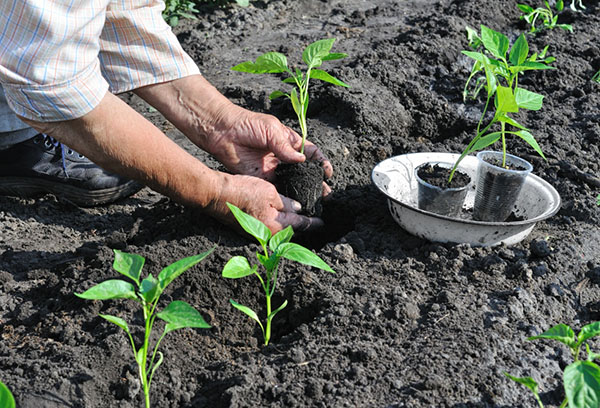
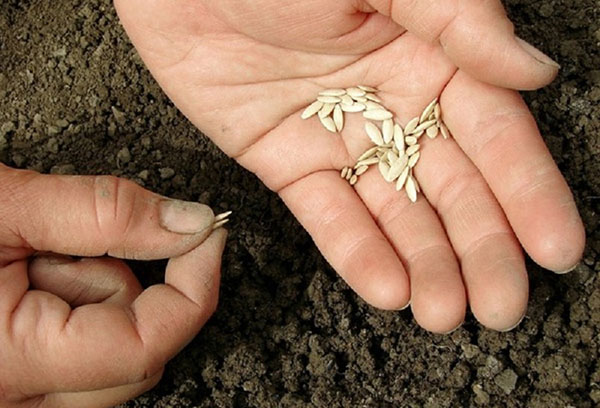
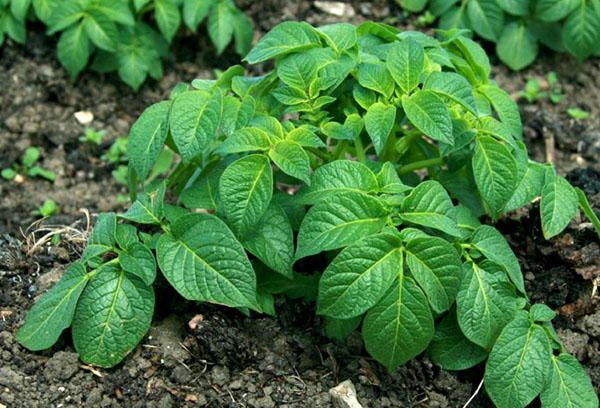
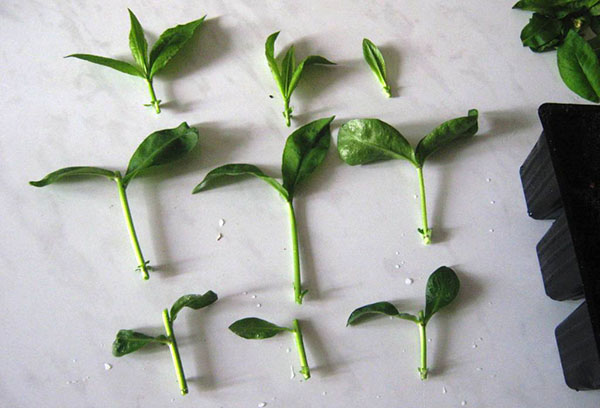
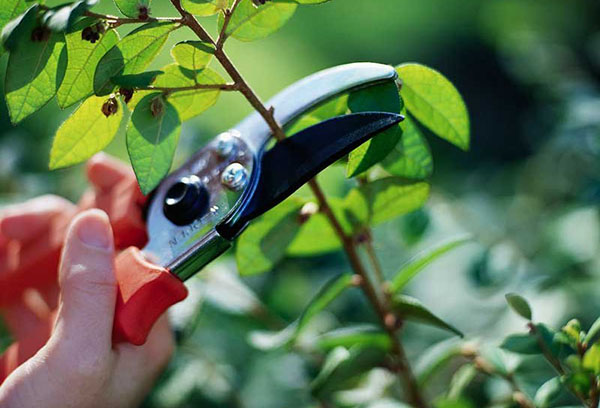
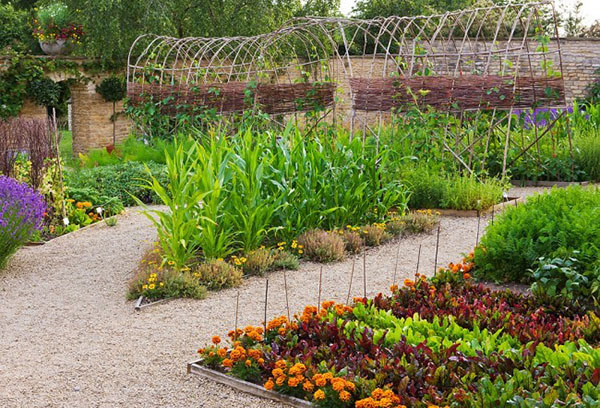
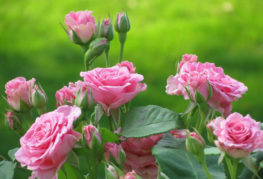
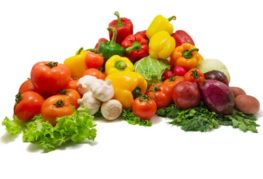
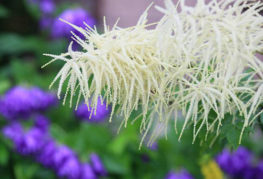
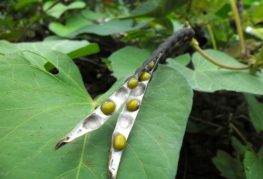
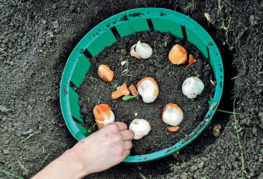
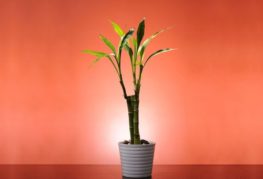
and will be published shortly.